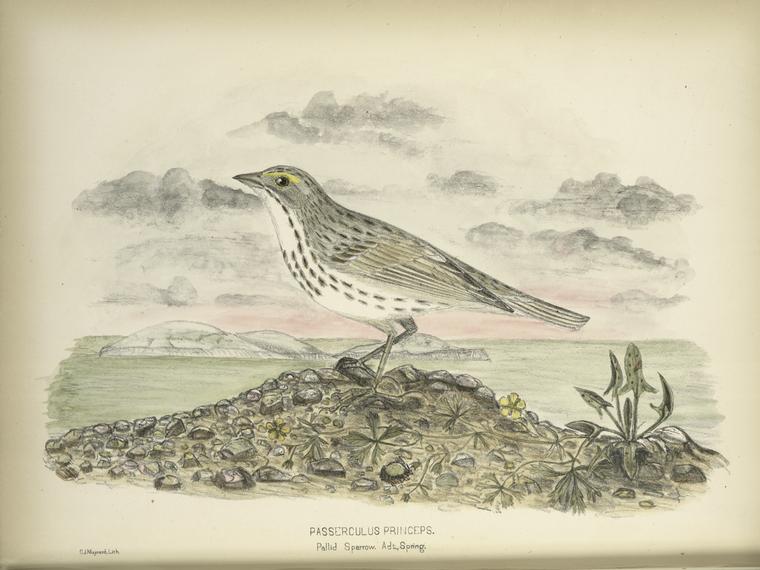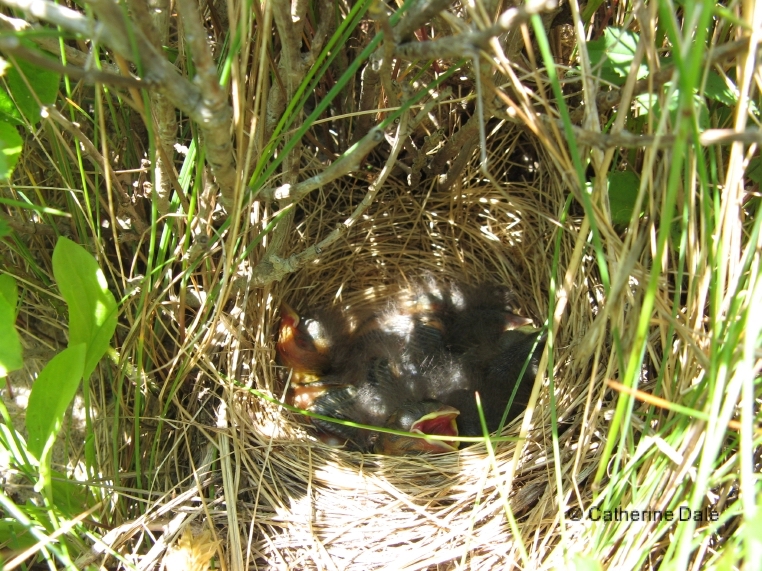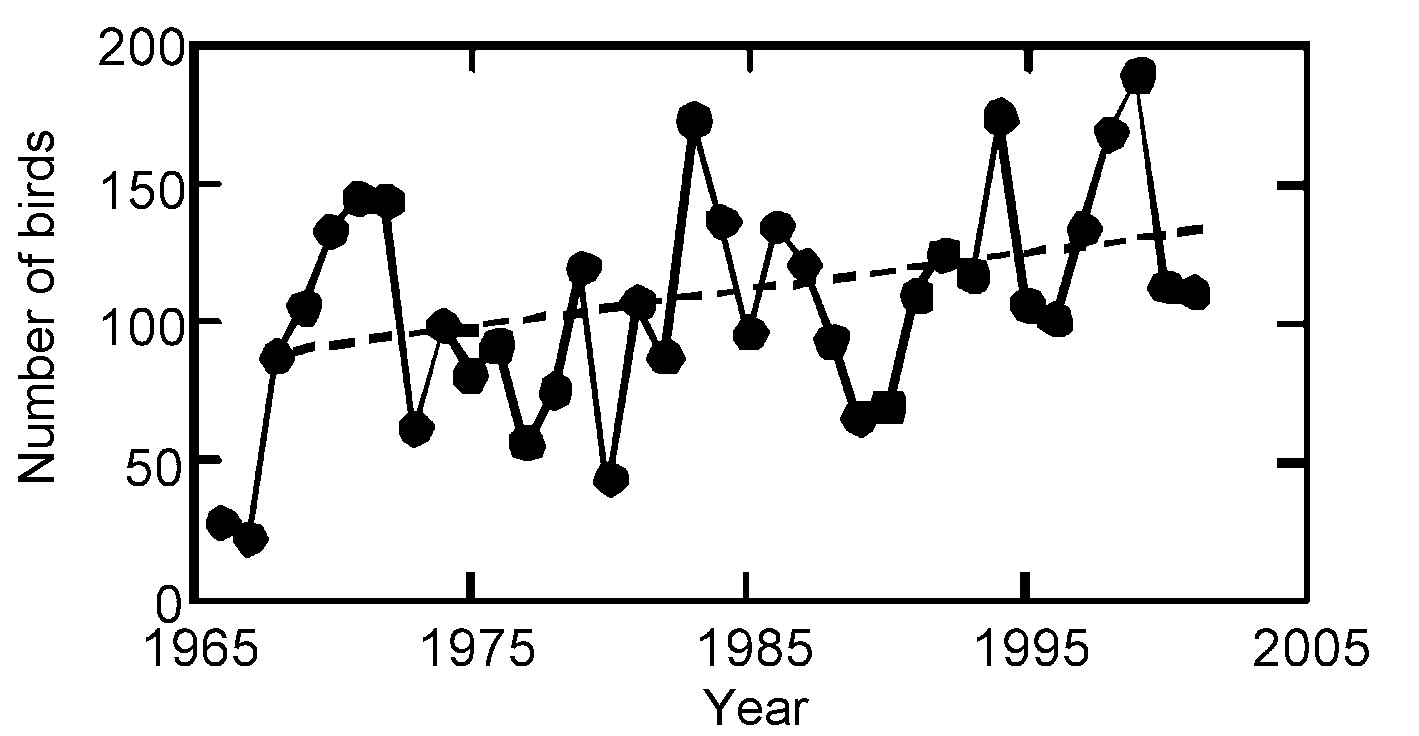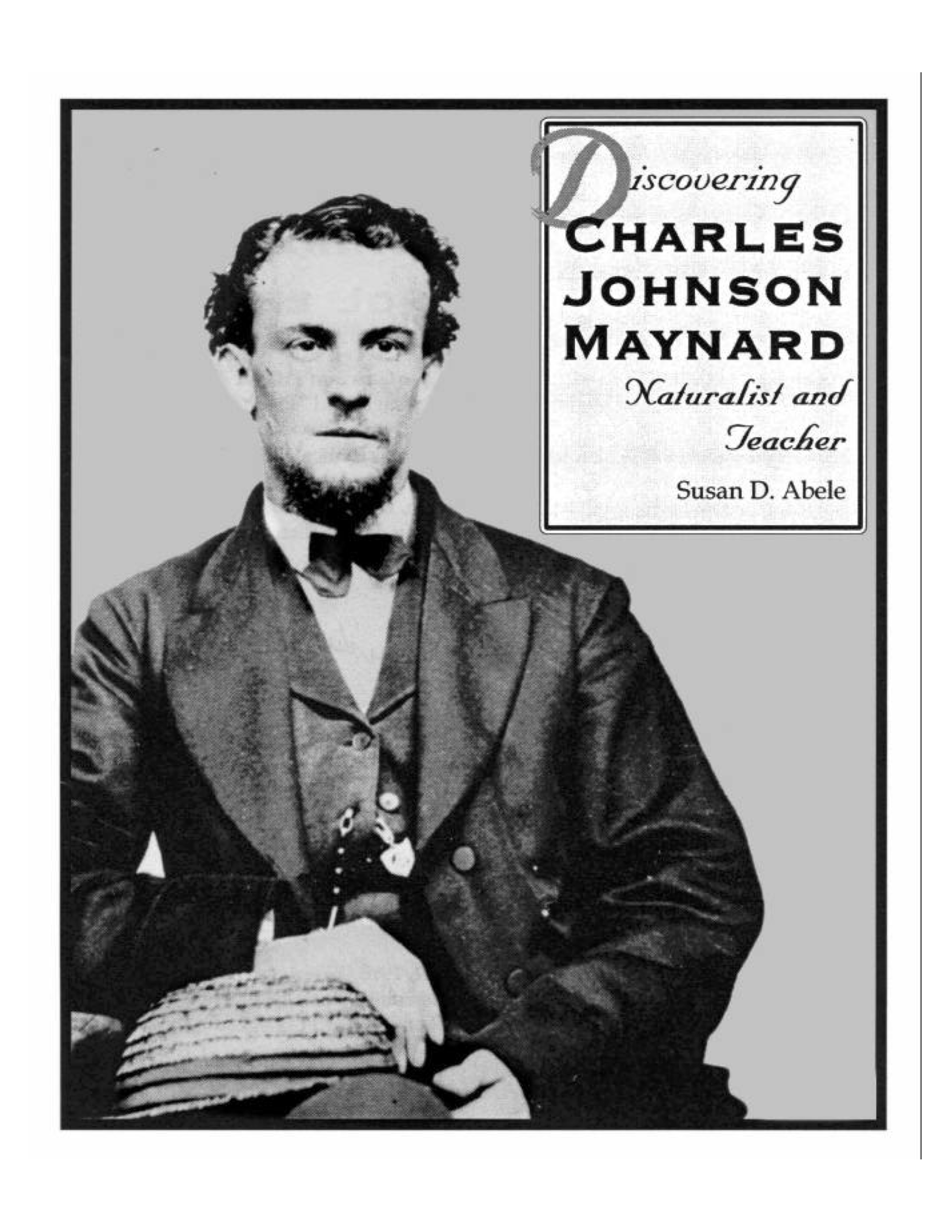It started with a walk on the beach
Naturalist Charles Johnson Maynard was just 23 when he flushed some oddly pale sparrows at Crane's Beach in Ipswich, Massachusetts. These days, when someone sees a bird they don't know, they shoot a picture and send it to an expert. Maynard did much the same thing, except, in the spirit of the times, he shot the bird, and sent it to an expert. It was the 1860's, after all.

A new species!
The expert thought the bird was a sparrow that Audubon had already named after him (the expert): a Baird's Sparrow. Unconvinced, Maynard eventually published the description of a new species: Passerculus princeps, which came to be known as the Ipswich Sparrow, after the place where it was discovered.
Since its discovery, ornithologists have wavered over whether the Ipswich sparrow is actually a full species, or just a pale grey race of the widespread Savannah Sparrow. Current genetic evidence suggests the latter, but, as the foremost expert on Savannah Sparrows says: "The matter of the taxonomic rank of the “Ipswich” Sparrow is indeterminate and ultimately arbitrary."
Certainly Ipswich sparrows, with their grey plumage and narrower, pinker breast streaks, are easy to tell apart from "typical" "mainland" Savannah Sparrows. And although the two races hybridize, it's pretty rare.
But where did it breed?
The nesting grounds of the Ipswich sparrow were a mystery to ornithologists. Every winter, the birds would appear on the East Coast, from Nova Scotia to Georgia, but every spring they'd disappear again.
It wasn't until someone twigged that unusual sparrow eggs in museum drawers in New York from the "gray bird" of Sable Island might well belong to this bird. An expedition to Sable Island confirmed this, and was the first study of this late-comer to the North American bird list.


Special Concern
More thorough studies started in the 1960s, by Ian McLaren and his students. Censuses of the sparrow population on Sable Island, along with Christmas Bird Count totals on the wintering grounds showed the population is subject to ups and downs. Now we know it's trending up, but in the 1970s and 1980s there were big crashes. Between that and their restriction to one island, Canada listed the bird as Special Concern, and it's Special Concern or Threatened in several U.S. States
